ICCT paper assesses leading regional EV markets in US and policies behind them
Green Car Congress
NOVEMBER 11, 2016
charging infrastructure incentives, preferential charging rates), and public charging availability. Four of the areas—Portland, San Jose, San Francisco, and Santa Cruz—have 20 or more actions in place. The assessment includes promotion actions by state policy (e.g.,


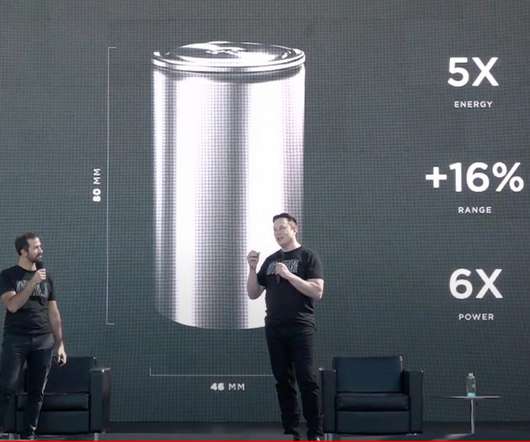
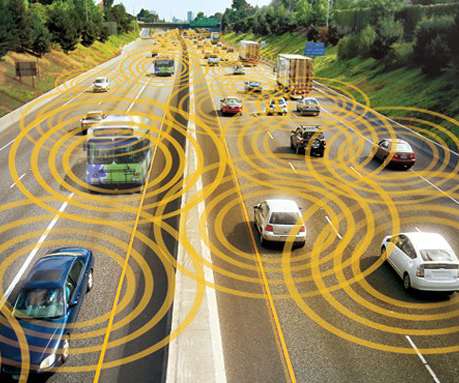
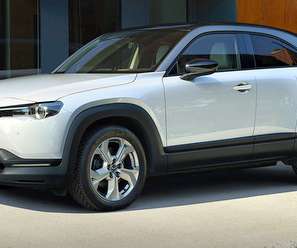
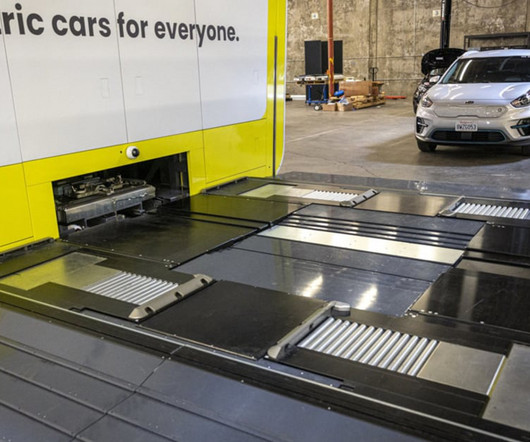

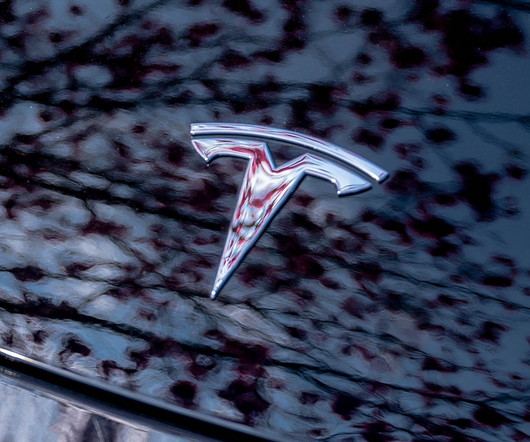










Let's personalize your content